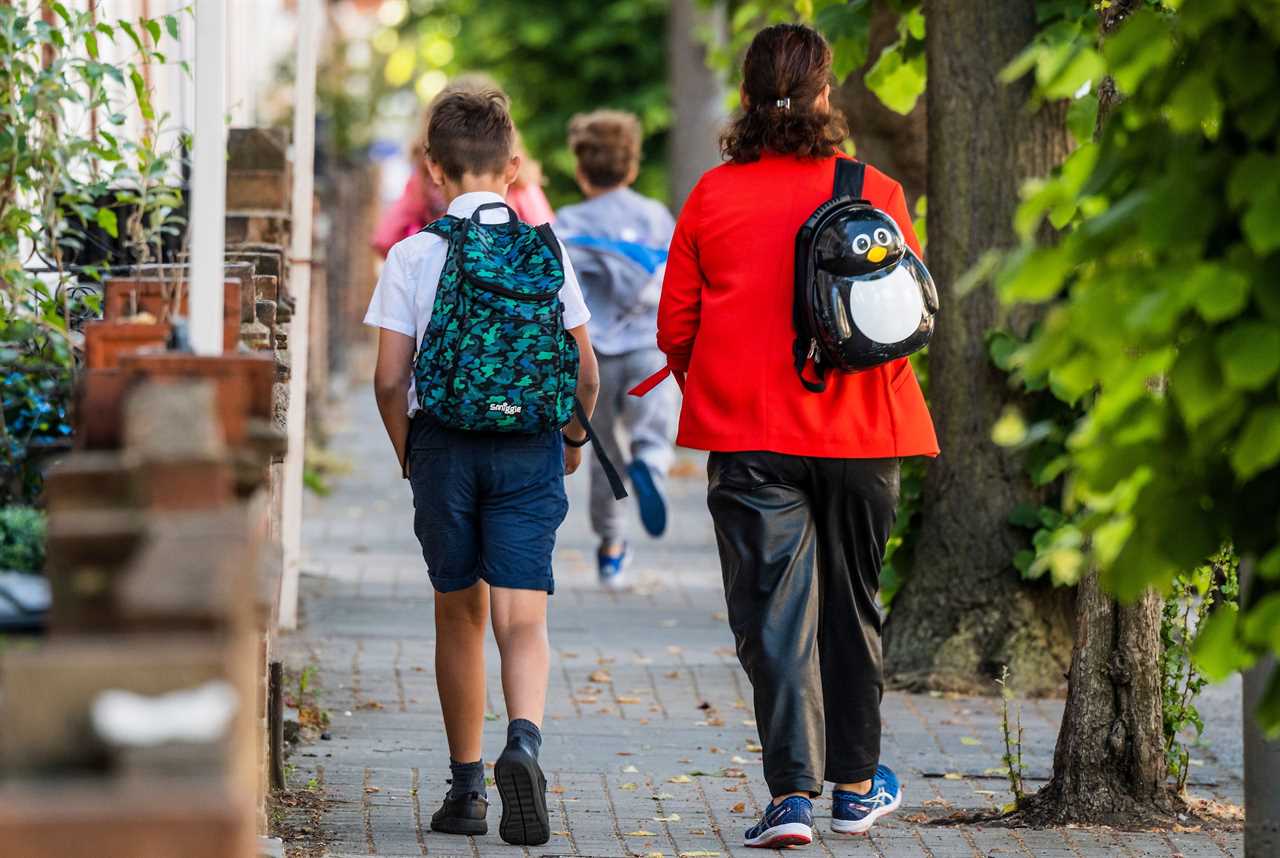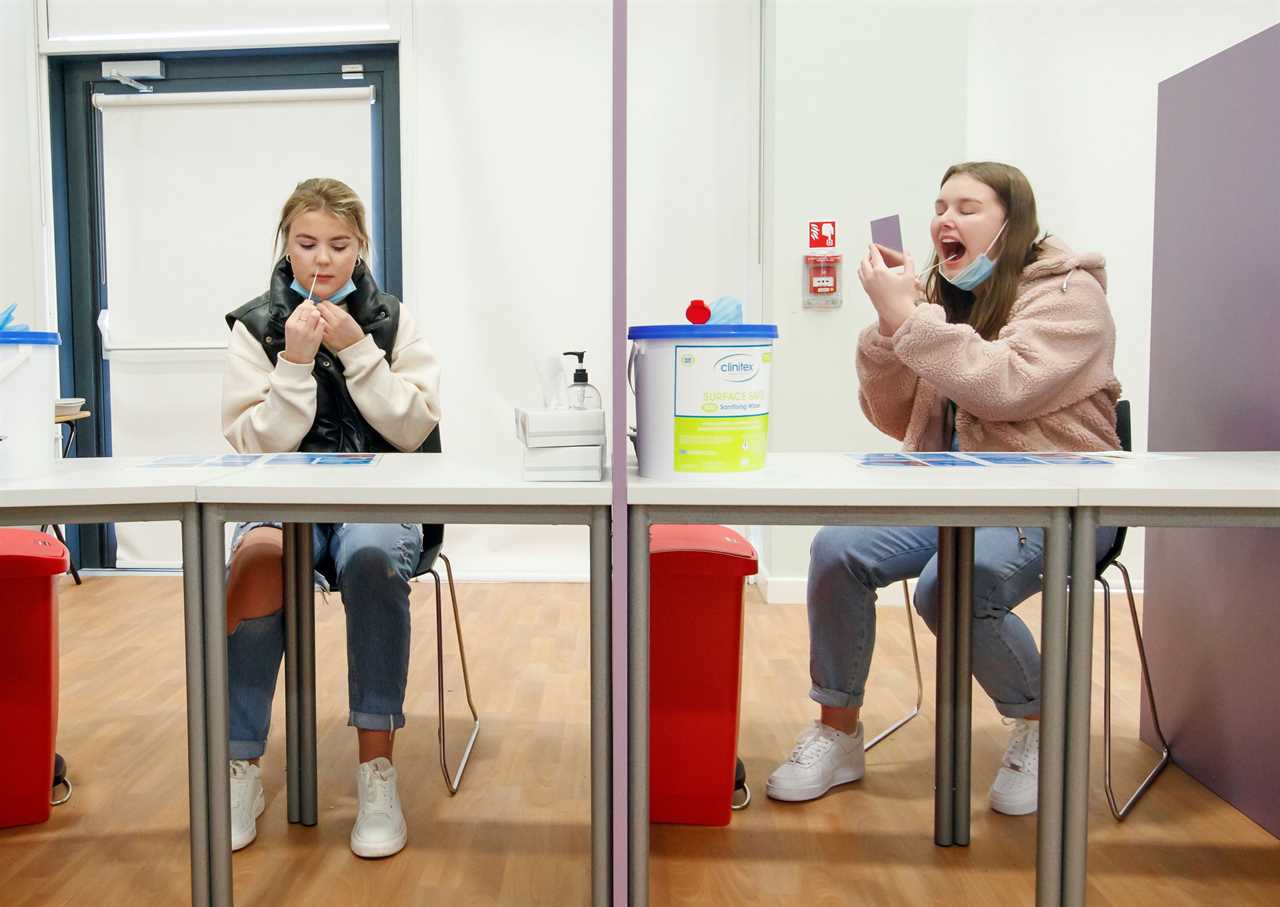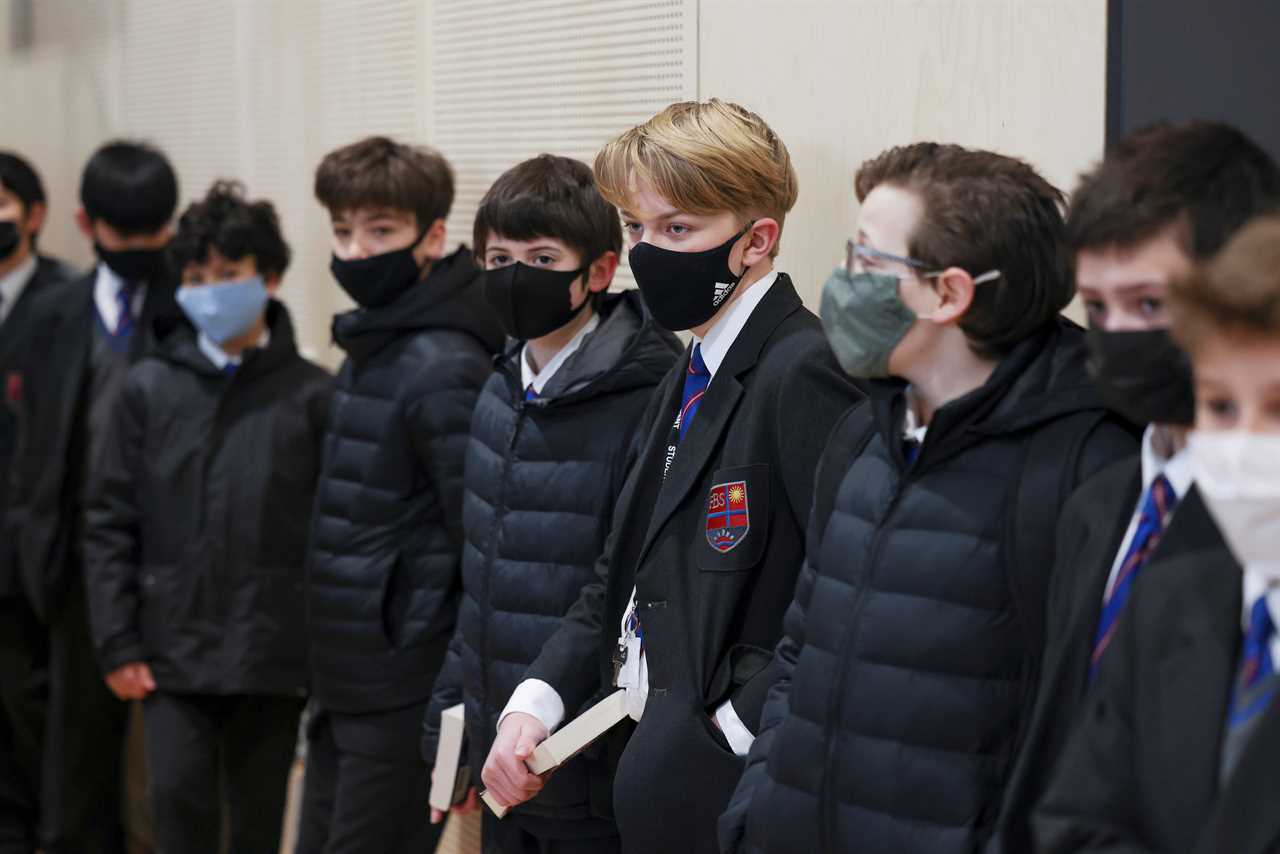CHILDREN have returned to school in England for the first time since January, as the government begins to ease tough Covid restrictions.
For those pupils returning to their classrooms for the first time in months, what is the guidance for uniforms and PE gear?

Do children have to wear uniform when schools reopen?
Schools have informed parents about specific arrangements for their child returning to the classroom from March 8, 2021.
If it’s unclear, it would pay to check the latest uniform advice on your child’s school website, or the county council’s updated guidance.
But, a look online reveals that schools are generally asking pupils to return in their “normal school uniform”.
The government is also advising schools to “maintain their usual uniform policies.
“Uniform can play a valuable role in contributing to the ethos of a school and setting an appropriate tone.”
It also said ahead of the March 8 reopening that uniforms do not need to be cleaned:
• more often than usual
• using different methods
However, it does urge school leaders to be sensitive to cash-strapped families unable to afford uniforms.
The government says that a “considerate approach may help parents who have difficulty obtaining uniform items or are experiencing financial pressures”.
Also, “increased ventilation may make school buildings cooler than usual over the winter months.
“Consider allowing pupils to wear additional items of clothing in addition to the school’s current uniform.
“Where this occurs, no extra financial pressure should be placed on parents.”

Will children have to get changed for PE lessons?
It’s best to contact your child’s school for its specific arrangements for PE lessons, as there’s no government guidance on kids getting changed.
However county council and school websites to appear to be asking parents to give their kids PE kit in separate (eg draw-string) bags.
Schools have the flexibility to decide how physical education, sport and physical activity will be provided, the government says.
It also advises that “pupils should be kept in consistent groups and sports equipment thoroughly cleaned between each use by different individual groups”.
PE lessons can be held indoors – with adequate ventilation.
But for sport provision, “outdoor sports should be prioritised where possible, and large indoor spaces used where it is not.
During such activity schools should be “maximising natural ventilation flows through opening windows and doors or using air conditioning systems wherever possible, distancing between pupils, and paying scrupulous attention to cleaning and hygiene,” the government adds.

What other rules will be in place at schools?
The Department for Education (DfE) has advised teachers to “wear face coverings indoors, including classrooms, where social distancing cannot be maintained”.
Staff and students at secondary schools and colleges are advised to wear face coverings in all areas, including classrooms where social distancing can’t be maintained.
Face coverings in classrooms are a temporary measure until Easter.
With children returning to face-to-face learning from March 8, staff at primary schools along with students and staff at secondary schools (from year 7) have been asked to complete rapid Covid testing twice a week.
Where possible, children are being given their own equipment, which they should not share with anyone else.
Schools have changed the way they run to keep pupils, teachers and other staff safe during the coronavirus pandemic.
For example, the Department for Education recommends:
- All frequently touched surfaces, equipment, door handles and toilets need to be cleaned thoroughly each day
- Try to reduce possible contact between different groups of children, and between adults, for example having corridors used on a one-way basis
- Encourage frequent hand cleaning and good respiratory hygiene practices – use the ‘catch it, bin it, kill it’ approach
- Pupils are being told not to cough or spit at or towards any other person
- Water bottles and school equipment can’t be shared
- Teachers and pupils have been told not to go to school if they have coronavirus symptoms, or go home as soon as these develop
- Classroom doors and windows should be open if possible for increased air flow
- The number of pupils using the toilet at any one time should be limited







